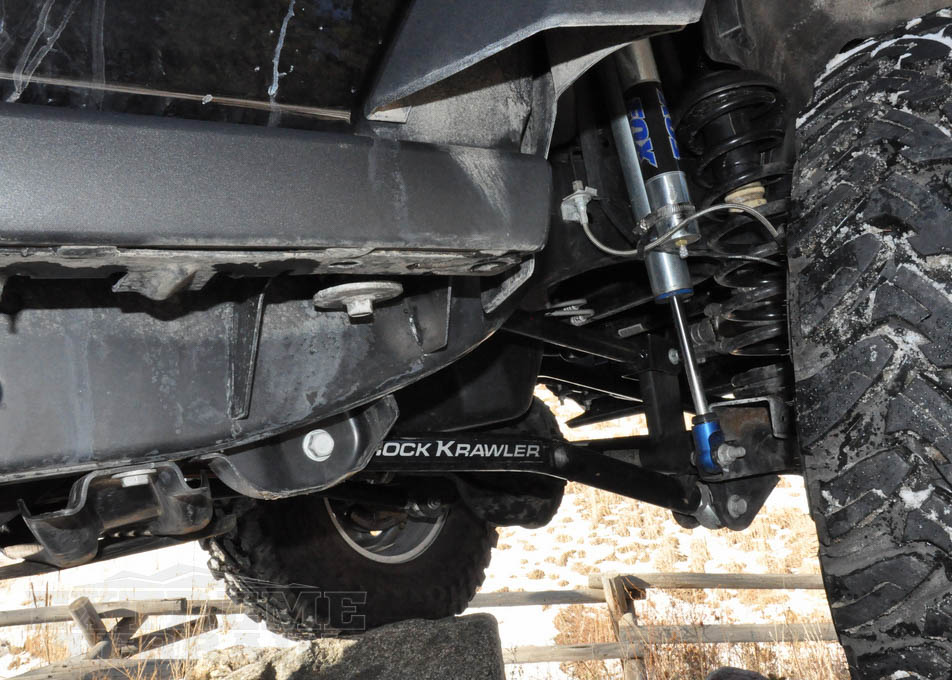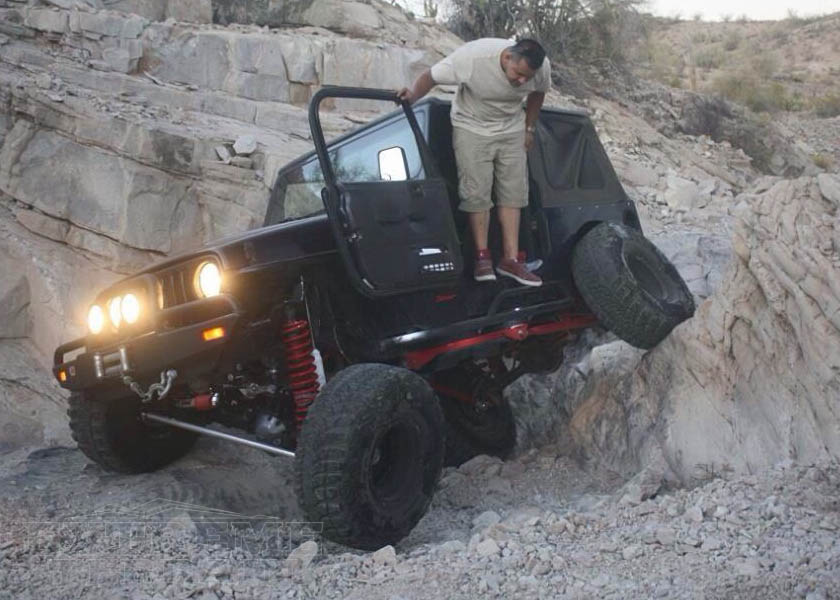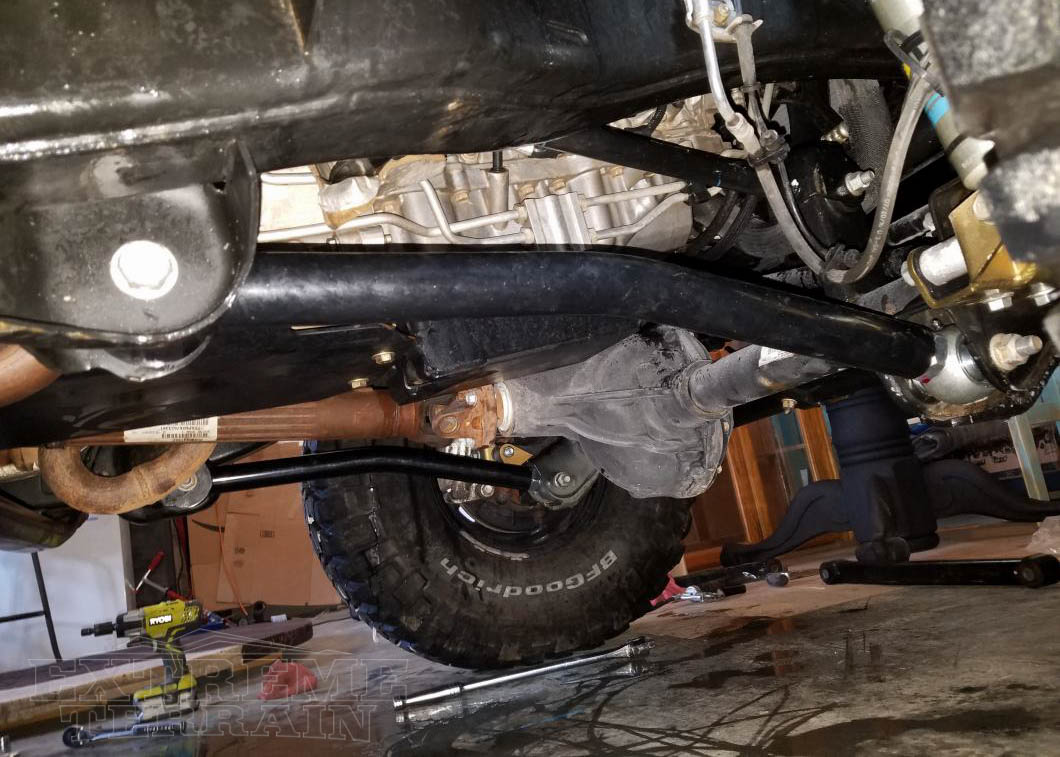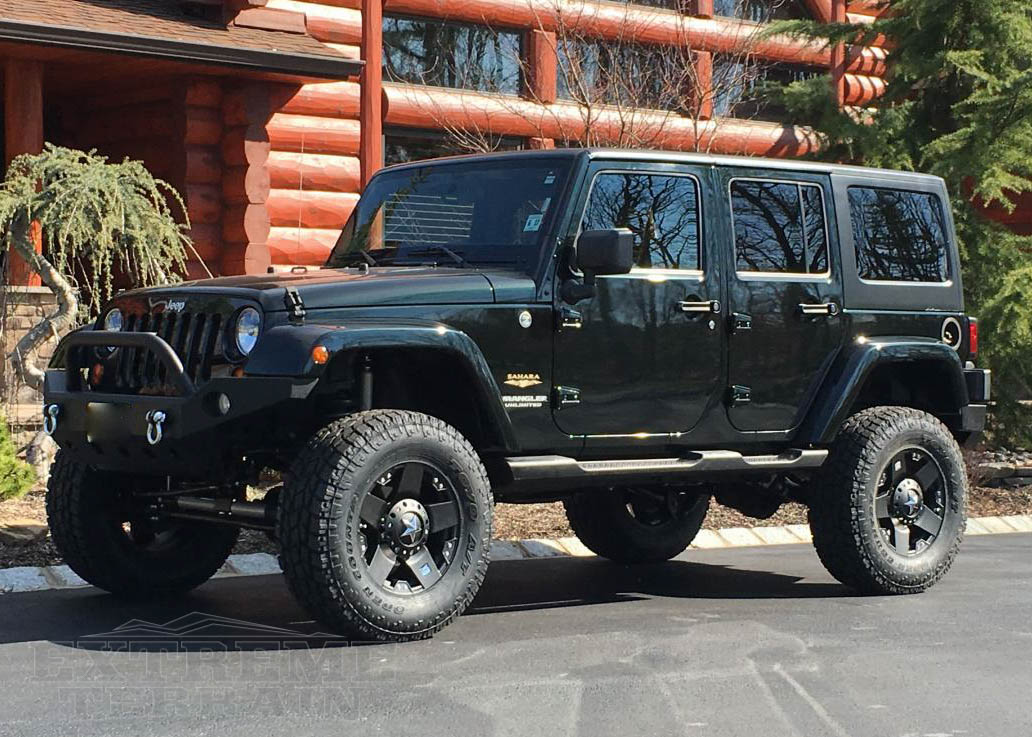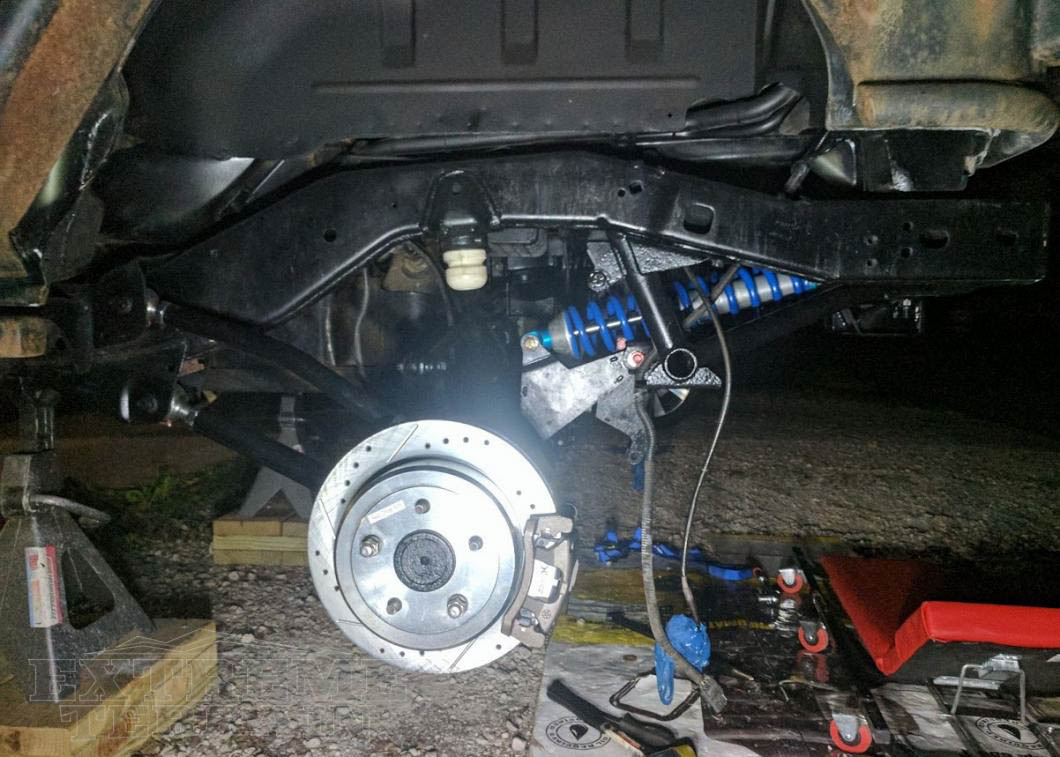With improved directional stability and better handling, purchasing a new control arm kit can significantly improve your Jeep Wrangler’s control during hard wheeling and off-roading. Purchasing an aggressive lift system requires control arms that won’t suffer from axle binding while protecting your suspension system from wear and tear. A new control arm set can provide you with a positive caster angle, which improves the dialing of your alignment and your wheels straight-line navigation. Without a calibrated lower control arm, upgrading your suspension lift won't do much toward increasing your ground clearance. In fact, for a lift kit of 4” or more, your stock control arms could compromise your suspension's performance.
Contents
- What are Wrangler Control Arms?
- What is Caster Angle?
- What is Axle Wrapping/Binding
- Weaknesses in a Wrangler's Stock Control Arms
- Choosing Aftermarket Control Arms for Your Wrangler
- Rubber vs. Polyurethane Bushings
- The Pros and Cons of Wrangler Aftermarket Control Arms
- Benefits of Adjustable vs. Non-Adjustable Suspension
- Control Arm Installation Difficulty
Shop Wrangler Control Arms & Accessories
When tacking the toughest terrain it is important to have as much control over your crawler as possible. By upgrading the control arms on your Wrangler you can better protect vital components in your suspension system while opening up the flexibility needed to climb up rocks and nimbly maneuver through tight trails. Upgrade your control arms and grab hold of new found confidence taking on the unknown.



